PRODUCT DESCRIPTION
Types of Chopped Fibers
Glass Fiber Reinforced Concrete (GFRC):
Glass fiber comprises 200-400 individual filaments that are tightly bonded together to form a strand. These strands can be chopped into various lengths or combined to create cloth mats or tapes. Conventional mixing techniques for regular concrete limit the maximum volume of fibers to about 2% when the fiber length is 25mm. Glass fiber has been widely used to reinforce cement or mortar matrices in producing thin-sheet products. E-glass is commonly used, but AR-glass is preferred when resistance to alkalis in Portland cement is needed. Polymers, such as moisture movement, are sometimes added to improve specific physical properties.
Carbon Fibers:
Carbon fibers are a recent and remarkable addition to commercially available fibers. They possess a very high modulus of elasticity and flexural strength. Carbon fibers are expensive but exhibit superior strength and stiffness characteristics, surpassing even steel. However, they are more susceptible to damage than glass fiber and are often coated with resin for protection.
Chopped glass fibers alone cannot bear significant loads and are prone to failure under stress. However, when combined with concrete, the fibers are immobilized by the concrete matrix, enabling each chopped fiber to withstand a small portion of the load. The load transferred to one fiber is distributed among the other fibers through the concrete matrix. Concrete also provides protection against environmental damage. Fiberglass integrates with the concrete matrix, enhancing its performance against applied loads and increasing concrete durability in challenging environments.
Key Benefits:
High Strength:
Incorporating chopped glass fibers enhances the strength of concrete, resulting in harder and crack-resistant concrete.
Lightweight:
Fiberglass concrete or GFRC weighs less than ordinary concrete while maintaining the same strength. This reduces transportation and placement costs.
Versatile Formability:
Fiber-reinforced concretes, due to their internal reinforcement, can be cast into various shapes, making them suitable for complex architectural forms.
Improved Surface Finish:
Concrete containing chopped glass fibers is easier to work with, leading to a smoother final surface.
Enhanced Durability:
Fiber-reinforced concrete exhibits increased resistance to environmental factors like corrosion and chemical attacks.
Reduced Environmental Impact:
Cement production is a significant source of pollution, with cement manufacturing accounting for 5 to 8% of global carbon dioxide emissions. Incorporating glass fibers into concrete can reduce cement usage by approximately 1%, resulting in a substantial environmental benefit given concrete’s widespread use.
Prefabrication Potential:
These fiber-reinforced can be utilized in producing prefabricated concrete panels, eliminating the need for additional reinforcement and reducing weight. This makes them suitable for constructing architectural elements in exterior facades and urban spaces.
Additionally, chopped fibers find applications in various industries and the manufacturing of composite parts, including the electrical, automotive, aerospace, military, decorative, civil, and construction materials, insulation, shipbuilding, and power plant sectors.
History of Glass Fiber Concrete or GFRC:
Glass fiber was initially developed in Russia in the 1940s, inspired by composite materials. Chopped glass fibers were used to create thatch-like structures. However, early prototypes faced challenges related to a reaction between hydrated cement and the silica in the glass fibers, which compromised concrete performance. In the 1970s, adding zirconia (ZrO2) to the fiber composition resolved this issue, leading to the commercial availability of glass fibers.
Types of Chopped Glass Fibers:
Glass fibers are classified into several types based on their constituent elements:
AR-Glass:
This type of fiber should be used when chopped fiberglass is combined with Portland cement to prevent the reaction between the cement and glass fibers, thanks to the presence of zirconia.
E-Glass:
E-Glass is the most commonly used type of glass fiber. It offers good chemical and electrical resistance, making it suitable for general purposes.
R-Glass:
R-Glass fibers are chosen when higher corrosion resistance is required.
S-Glass:
S-Glass fibers possess exceptional properties, including high strength, hardness, temperature resistance, and corrosion resistance.
C-Glass:
C-Glass fibers are employed in environments with high levels of corrosion.
ECR-Glass:
ECR-Glass fibers are used in applications that require high strength, electrical conductivity, and corrosion resistance.
Limits of Fiber Concrete or GFRC:
One of the main challenges of GFRC is the reduced efficiency resulting from a lower water-to-cement ratio. To overcome this, suitable superplasticizers should be used during concrete mixing to enhance efficiency. Care must be taken to prevent fiber agglomeration when adding fiberglass to the concrete mix. Unique fans or slow, regular intervals of fiber addition can address this issue. Afzir Reinforcement Company’s experts recommend proper mixing techniques to ensure the fibers do not clump together.
By addressing these limitations, fiber-reinforced concrete, including GFRC, offers versatile and durable solutions in various industries and construction applications.
Key Features
- Heat resistance
- Impact resistance
- Increased tensile strength
- Resistance to fire and heat
- Enhanced durability of concrete
- Reduction of surface and hairline cracks in concrete
- Improved abrasion resistance
- Decreased water-to-cement ratio, reducing concrete shrinkage.
Applications
- Concrete kerbs
- Floors and slabs of industrial sheds
- Sidewalks and streets
- Cement pipes
- Tunnel coverings
- Prefabricated composite ceilings
- Concrete silos
- Concrete stairs and walls
Packaging
- 25 kg bags
Colour
- Colorless (Available in blue, red, green and yellow)
technical specifications
| Fiber dimension |
17-15μm |
| Fiber length |
4,6,12,18,36 mm |
| Amount of Humidity |
≤0.3% |
- Understand the Properties: Familiarize yourself with the properties of glass chopped fiber for informed decision-making.
- Proper Mixing Techniques: Follow recommended mixing techniques for uniform fiber distribution.
- Quality Control: Implement stringent quality control measures for handling and application.
Safety Precautions: Use appropriate personal protective equipment
(PPE) and follow safety guidelines. - Storage and Handling: Store in a cool, dry area and protect from damage.
- Collaboration with Suppliers: Seek expertise and guidance from suppliers.
- Documentation and Record-Keeping: Maintain thorough documentation of product use.
- Continuous Learning: Stay updated on advancements in fiber reinforcement technology.
- Collaboration and Communication: Foster effective communication with stakeholders.
- Regular Evaluation: Assess performance and make necessary adjustments.
- Understand product specifications.
- Provide training and certification for workers.
- Implement quality control measures.
- Follow manufacturer guidelines.
- Use proper mixing techniques.
- Ensure safety precautions and provide PPE.
- Store and handle the fiber correctly.
- Maintain collaboration with suppliers.
- Document and record all relevant information.
- Regularly evaluate and provide feedback.
Spray Method:
- In GRC factories, use the spray method by spraying a mixture of cement/sand slurry mortar and AR (alkaline resistant) glass fibers into the mold.
- Ensure that the AR chopped fiberglass constitutes approximately 5% of the weight of the mortar.
Pre-stirring Method:
- In the pre-mixing process, combine cement, sand, water, and AR glass fibers in a mixer before forming the mortar.
- To achieve a high-quality mixture, perform stirring in two steps.
- The first stage focuses on producing a high-quality slurry to attain the desired performance and ensure uniform fiber composition.
- In the second step, add the fibers to the slurry.
- Both stages should be carried out using the same equipment, but separate mixers should be used for each step.
Maintenance:
- Store the AR glass fiber chopped product in a cool and dry area.
- It is advisable to keep the product in the specific packaging provided by the company prior to use.
- Incoming Material Inspection: Thoroughly inspect the delivered Glass Chopped Fiber for damage and adherence to specified requirements.
- Material Sampling: Take representative samples for testing and analysis.
- Testing Procedures: Establish appropriate testing methods for evaluating key fiber properties.
- Regular Testing and Analysis: Conduct regular tests to monitor fiber performance and consistency.
- Documentation: Maintain detailed records of quality control activities and test results.
- Corrective Actions: Implement appropriate measures to address non-conformities.
- Process Control: Monitor and control factors affecting manufacturing fiber quality.
- Collaboration with Suppliers: Maintain communication with suppliers to address quality concerns.
- Quality Assurance Audits: Conduct internal audits to assess quality control processes.
- Continuous Improvement: Seek feedback, stay updated, and incorporate lessons learned for ongoing improvement.
technical documents
Photo Gallery
Technical documentation request
Frequently Asked Questions
What is another name for GFRP glass fiber?
Also known as GFRC or GRC (Glass Fiber Reinforced Concrete).
Where is glass fiber concrete used?
Fiberglass or GRC concrete is often used in the construction of exterior facades of buildings or prefabricated architectural concretes.
What is the role of printed glass fibers in concrete?
Printed glass fibers are effective in better concrete cohesion and act like straw in old thatched buildings.
What is the main disadvantage of chopped glass fibers?
The most important disadvantage of GRC concretes is their reduced efficiency due to the reduction of water to cement ratio; Therefore, when mixing concrete, a suitable superplasticizer should be used to increase efficiency.


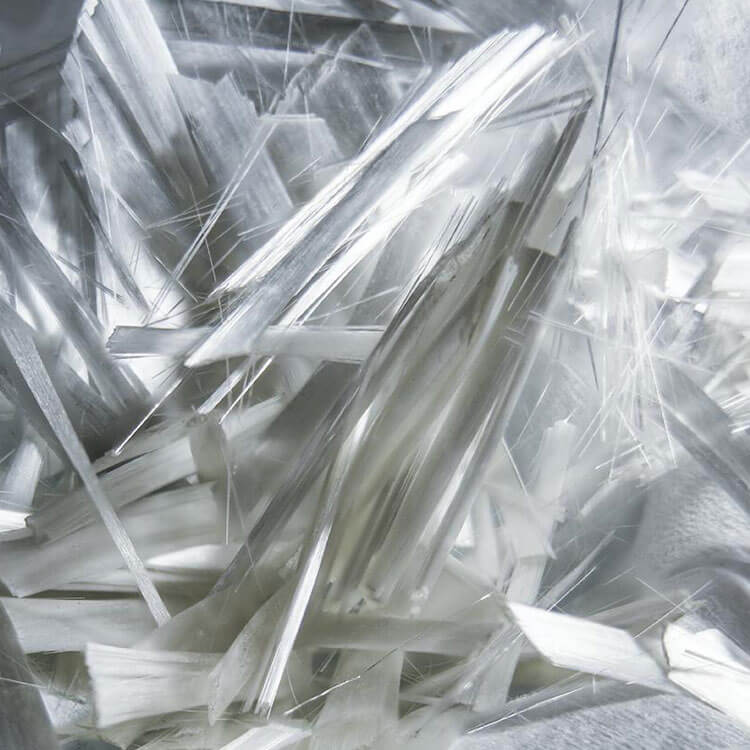
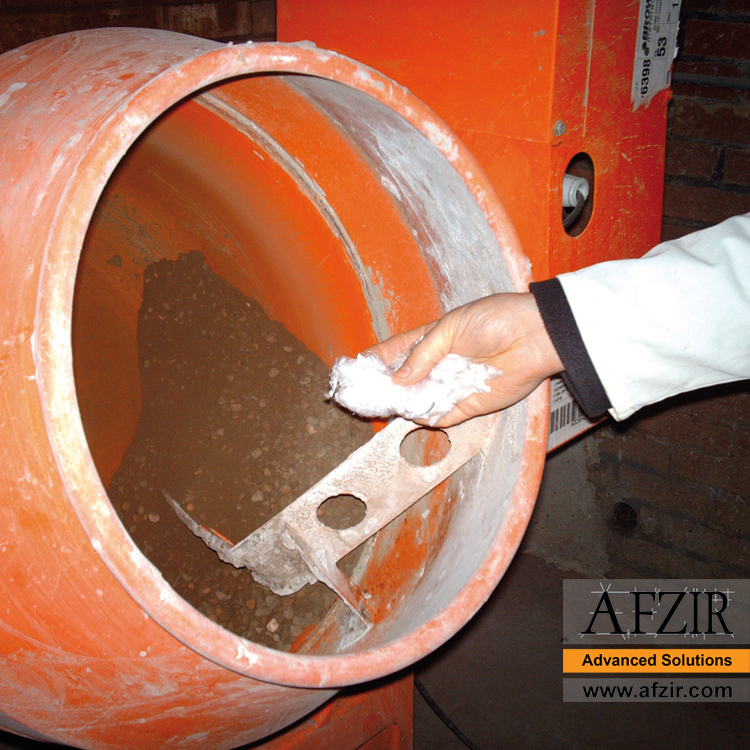
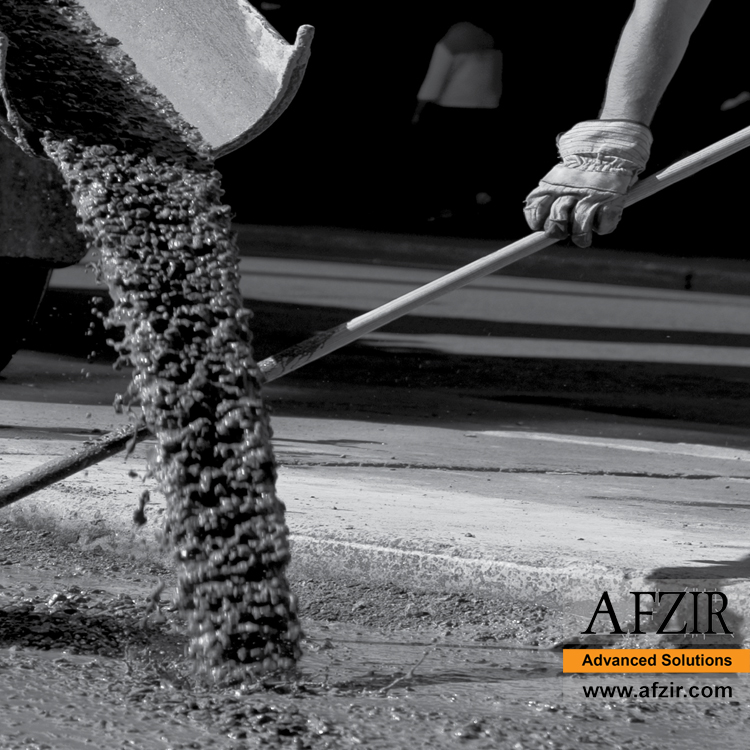
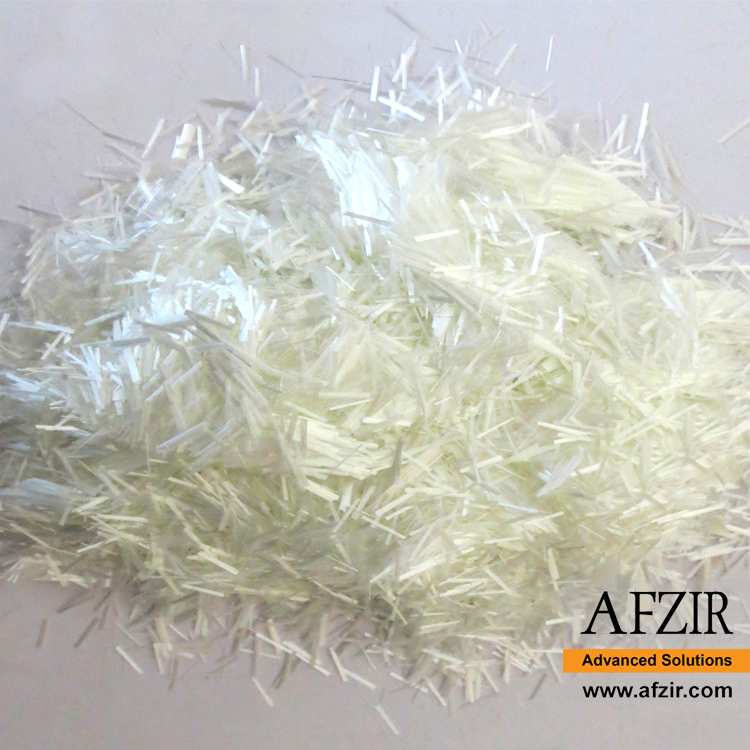
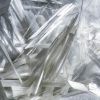
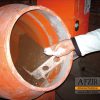

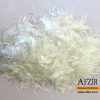



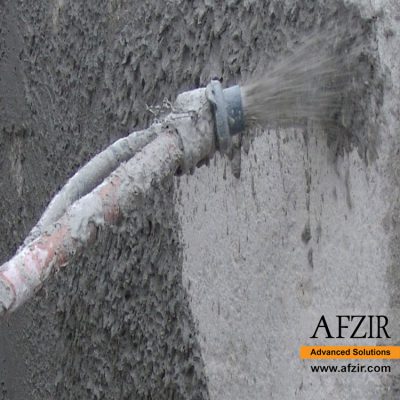



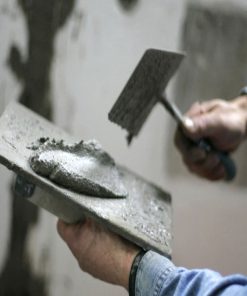

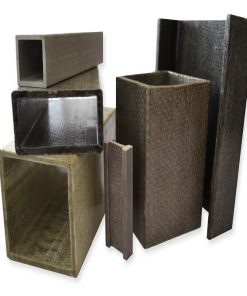
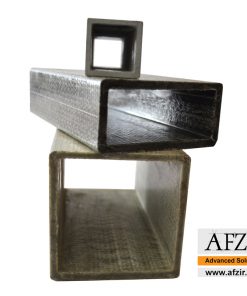
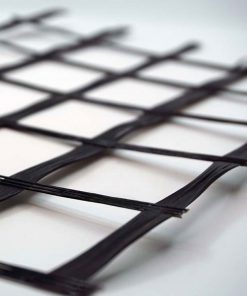



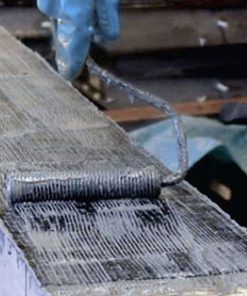

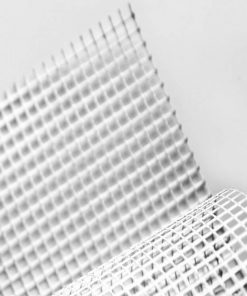
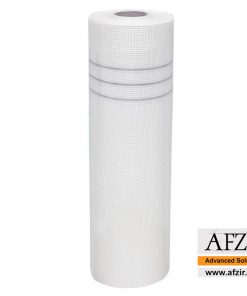
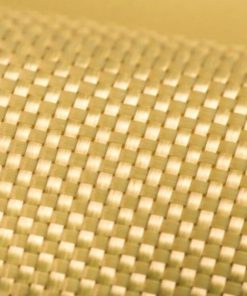
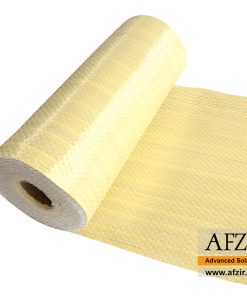
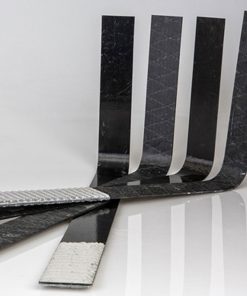

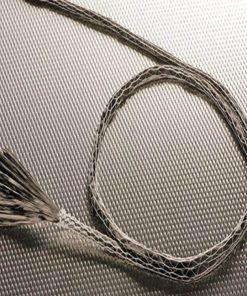

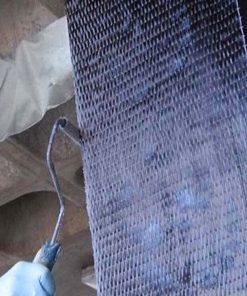
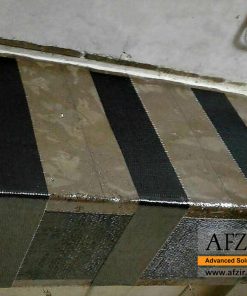
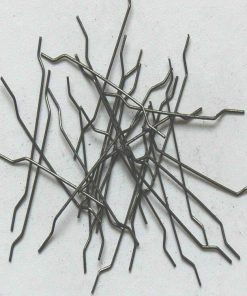

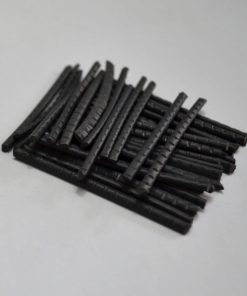
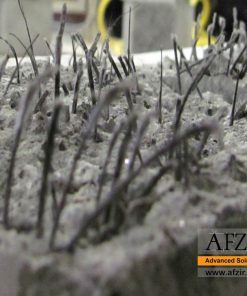
Be the first to review “Glass Chopped Fiber”